Also attending were representatives of a number of ministries, branches, representatives of the Department of Agriculture and Environment, the Department of Cultivation and Plant Protection of 23 provinces and cities (including Binh Thuan) and representatives of durian associations, enterprises and cooperatives. According to the Department of Cultivation and Plant Protection ( Ministry of Agriculture and Environment ), in 2025, Vietnam will still be the second largest durian supplier to China but there will be a serious decline of 71.3% in volume and 74% in turnover. Vietnam's durian market share in China will decrease from 42.1% (in 2024) to 28.2%. In fact, the Vietnamese durian industry is facing many major challenges in the development process. In particular, in recent years, the planting area and output of durian have grown rapidly. This also puts great pressure on quality control and meeting increasingly stringent technical requirements from the Chinese market.
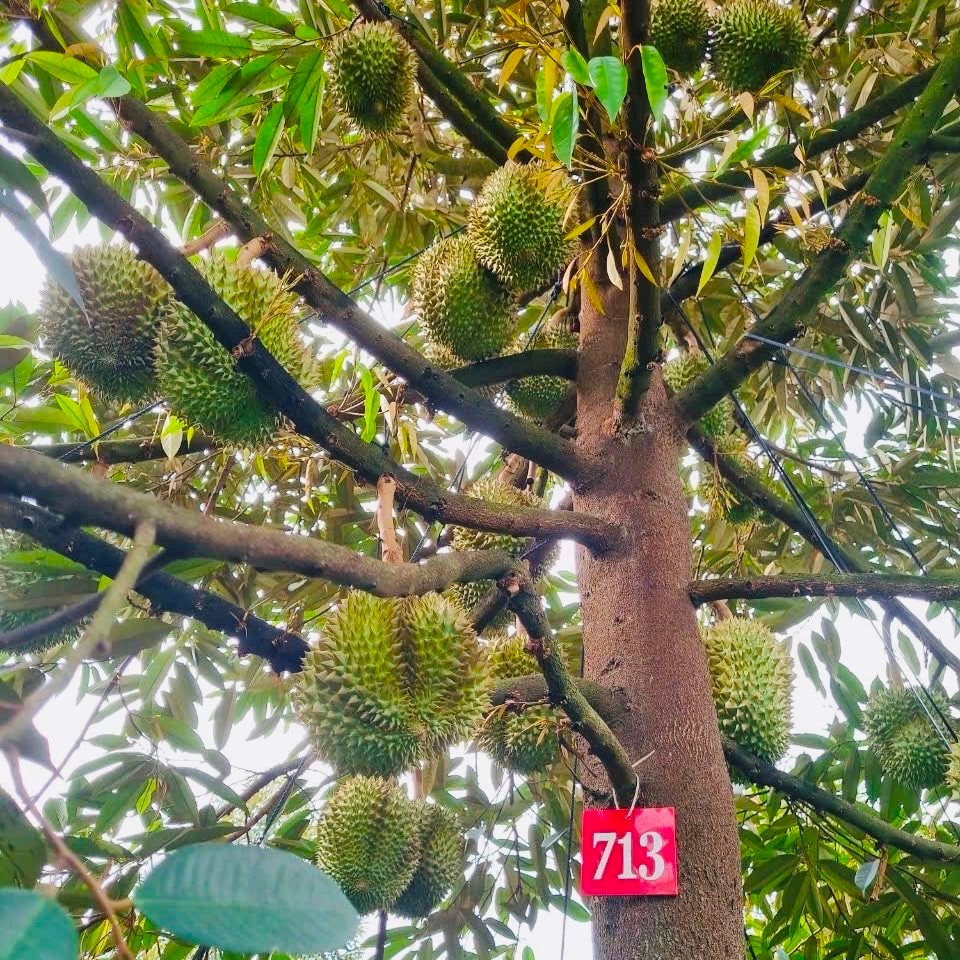
In Binh Thuan , in recent years, durian trees have been planted in many places, bringing relatively stable profits to growers. The area of durian cultivation in the whole province is about 3,500 hectares, concentrated in the three districts of Ham Thuan Bac, Duc Linh and Tanh Linh. Of which, about 1,800 hectares are in the business period with an average yield of 15 - 30 tons/ha, the output is about 50,000 tons per year. The profit of durian trees in the province is lower than that of other provinces.
The whole province mainly cultivates 3 varieties of Monthong, Ri6 and high-quality durian Musaking. For example, in Ham Thuan Bac, the area is over 1,300 hectares, concentrated in the communes of Dong Tien, Dong Giang, La Da, Da Mi. In recent years, Binh Thuan in general and Ham Thuan Bac in particular have had relatively favorable natural and market conditions for developing durian trees. However, people still face many common difficulties such as high investment costs and difficult care techniques, and pests and diseases on durian trees are also very difficult to control, especially stem borers and gummosis, leading to low productivity. Regarding product consumption, the main retail trade is for domestic consumption by traders (accounting for 70%) and unofficial export to the Chinese market (about 30%). On the other hand, in Binh Thuan, there are not many cooperatives and cooperative groups linked in the area, while the price of durian in the main season has many fluctuations.
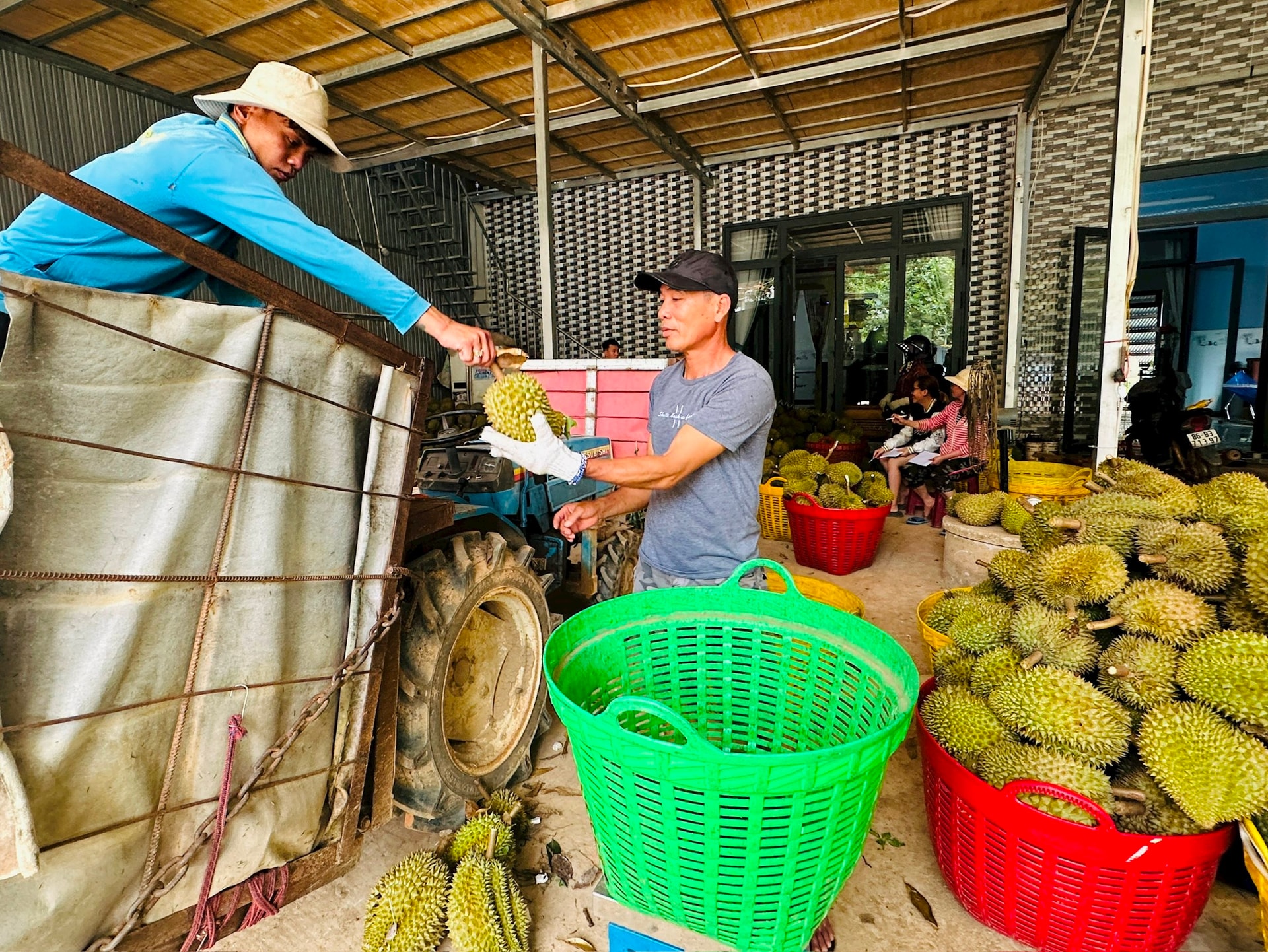
2. Notably, regarding durian, China has recently warned about shipments contaminated with Cadmium and amber. Through searching the national database system, in Binh Thuan province, 4/16 growing area codes and 5/7 durian packing facility codes were revoked and suspended by the General Administration of Customs of China (GACC) due to Cadmium contamination. Therefore, the provincial Department of Agriculture and Environment has requested localities to strengthen the management of growing area codes and export packing facilities. In particular, focusing on directing communes, wards and towns to urge packing facilities in the area to maintain annual periodic monitoring according to regulations. Along with training on the safe and effective use of pesticides on vegetables and fruits for farmers, focusing on key and main vegetable and fruit growing areas. The provincial agricultural sector also recommends that farmers use pesticides in accordance with regulations, comply with the quarantine period before harvesting vegetables and fruits, as well as the harmful effects of pesticide residues on vegetables and fruits when they are brought to the market, especially complying with the regulations of the exporting country.
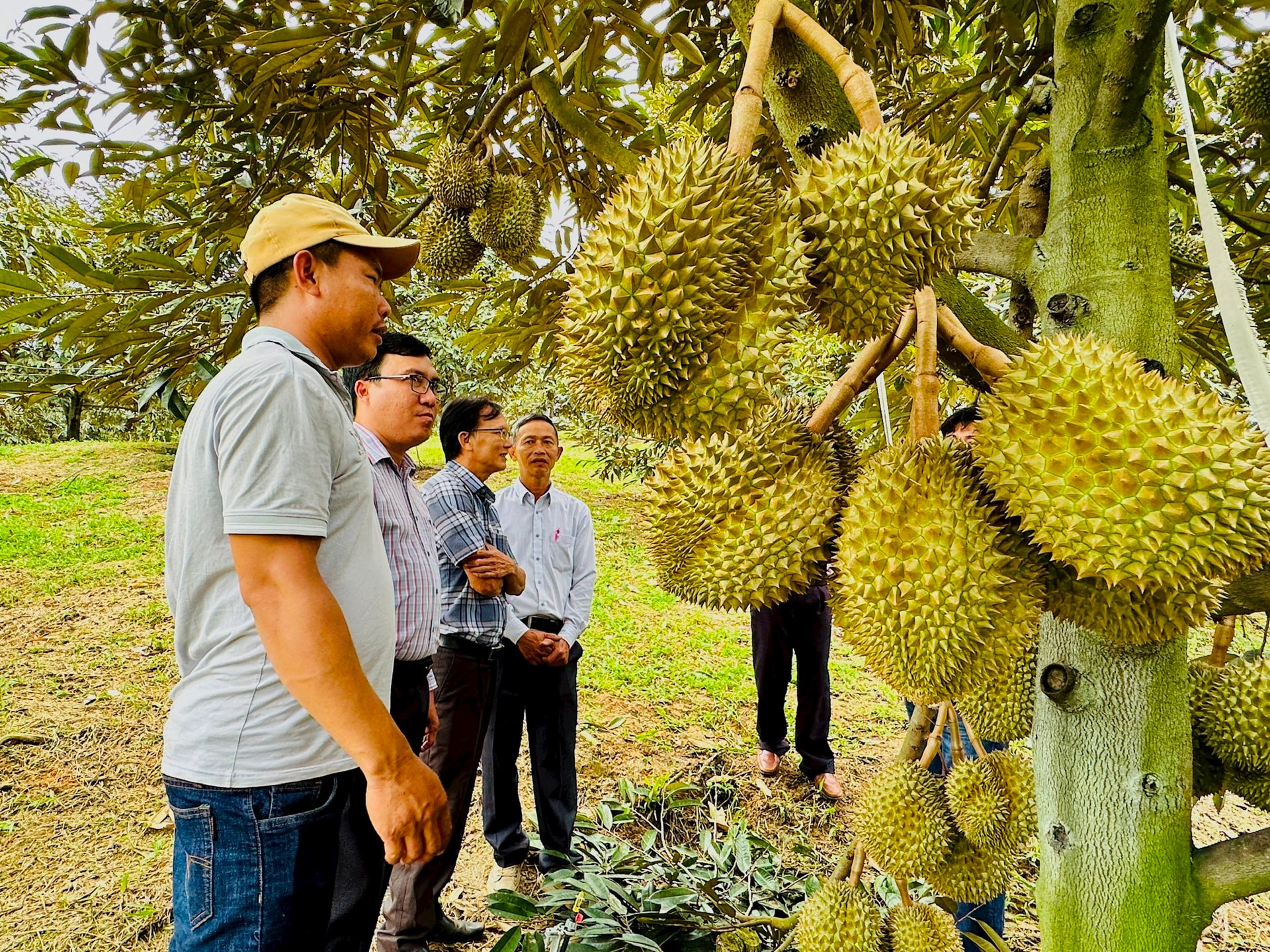
Returning to the conference on sustainable durian industry development held last week, the Ministry of Agriculture and Environment proposed solutions such as: Focusing on closely following reality, directing flexible production, promptly ensuring durian output and quality. At the same time, perfecting the legal basis for management and use of growing area codes and packaging facilities (MSVT, CSĐG). Promoting research, transfer, application of new technology and raising awareness in durian cultivation, processing, preservation and traceability. Along with that, organizing negotiations with the General Administration of Customs of China to approve new ones, restore MSVT, CSĐG; speeding up negotiations to open other markets; studying plans to restructure the durian industry. In the long term, it is necessary to diversify markets, increase frozen exports; build national brands, upgrade supply chains and logistics systems... with the goal of developing a sustainable durian industry.
Source: https://baobinhthuan.com.vn/de-phat-trien-nganh-hang-sau-rieng-ben-vung-130715.html


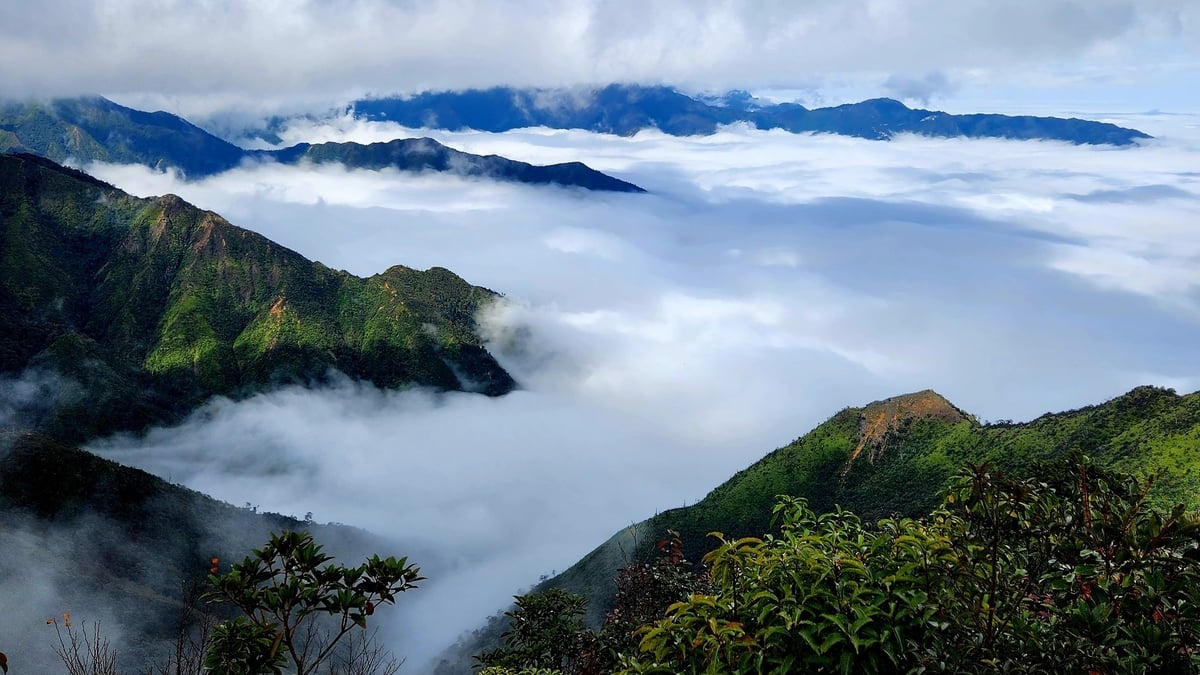




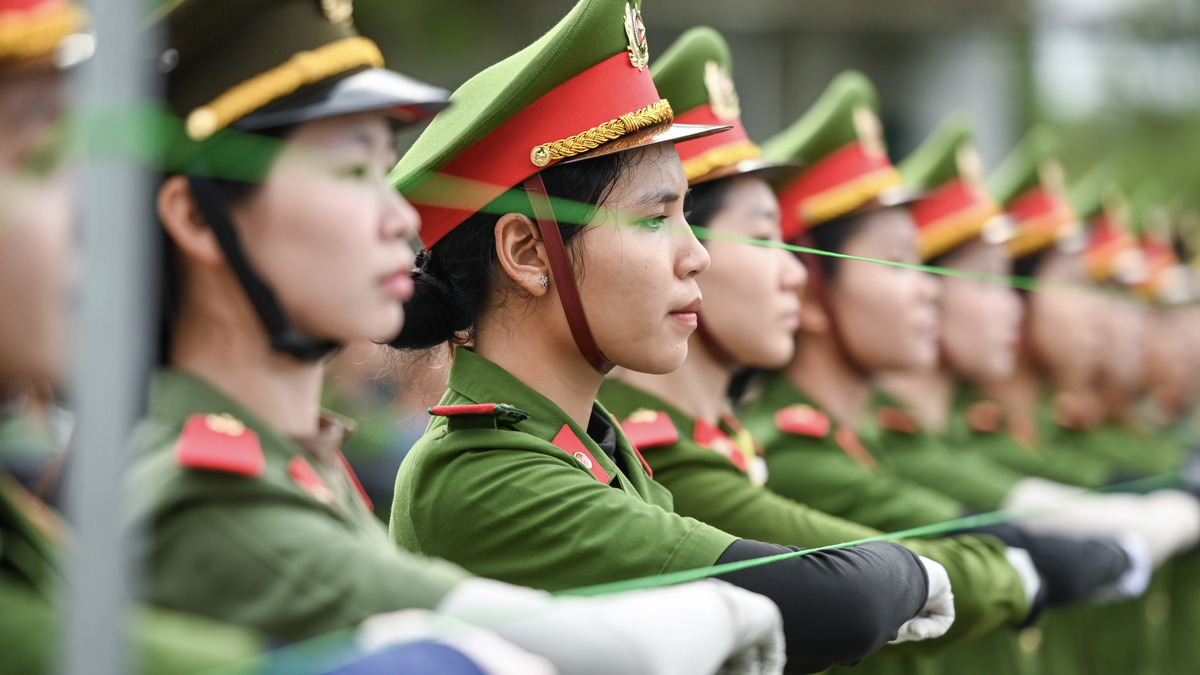
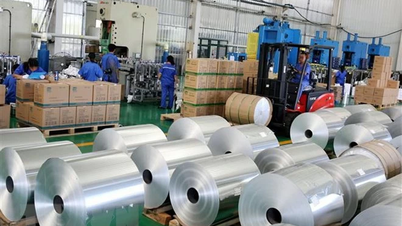

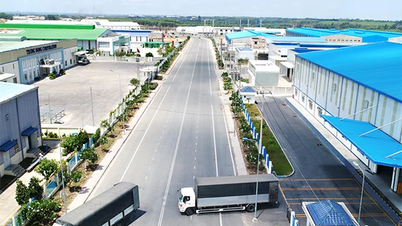
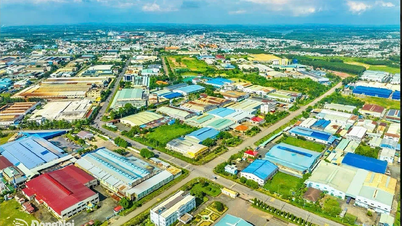
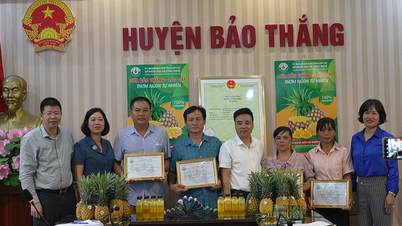

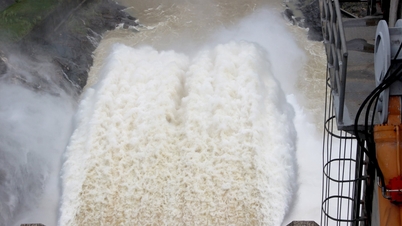













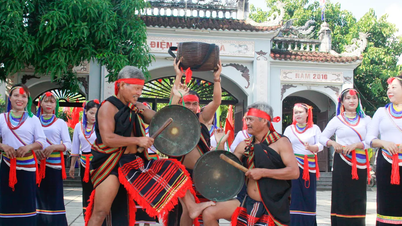

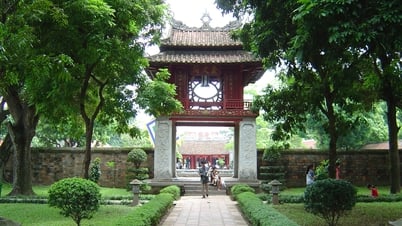

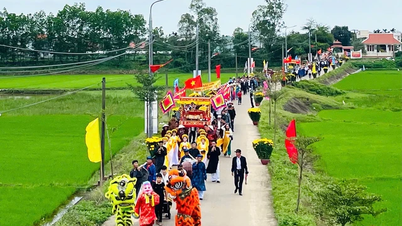

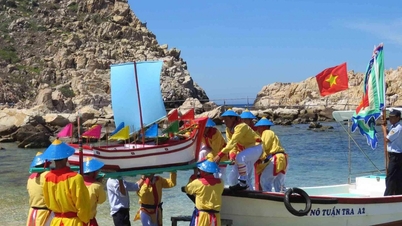



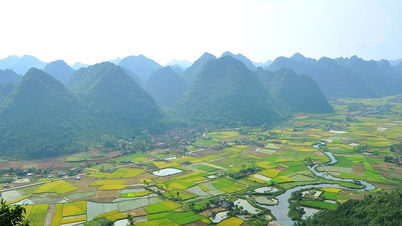













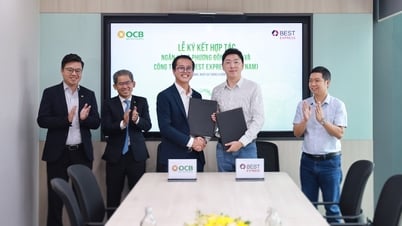





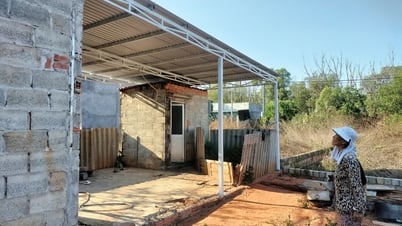
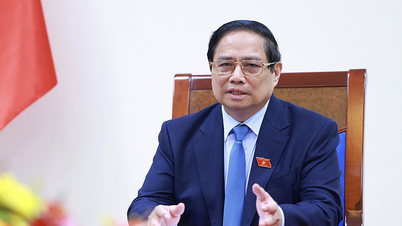








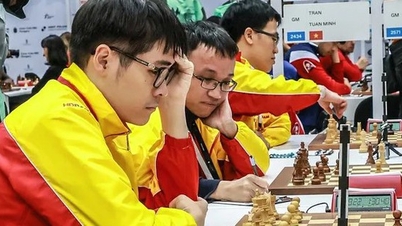

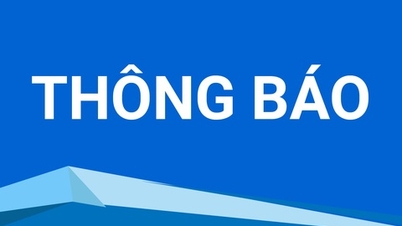


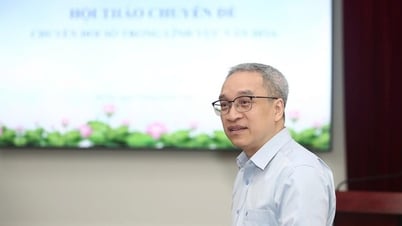

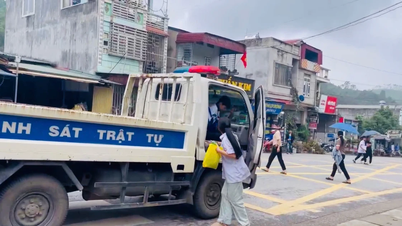
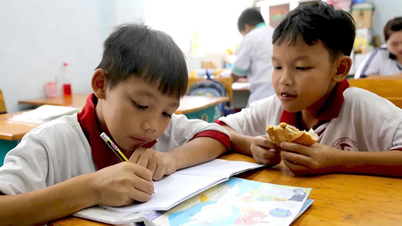

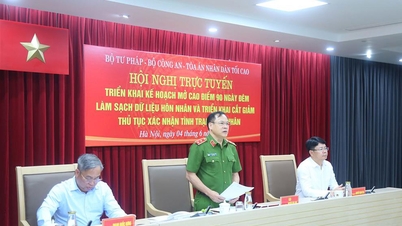





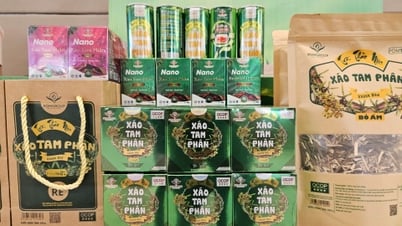

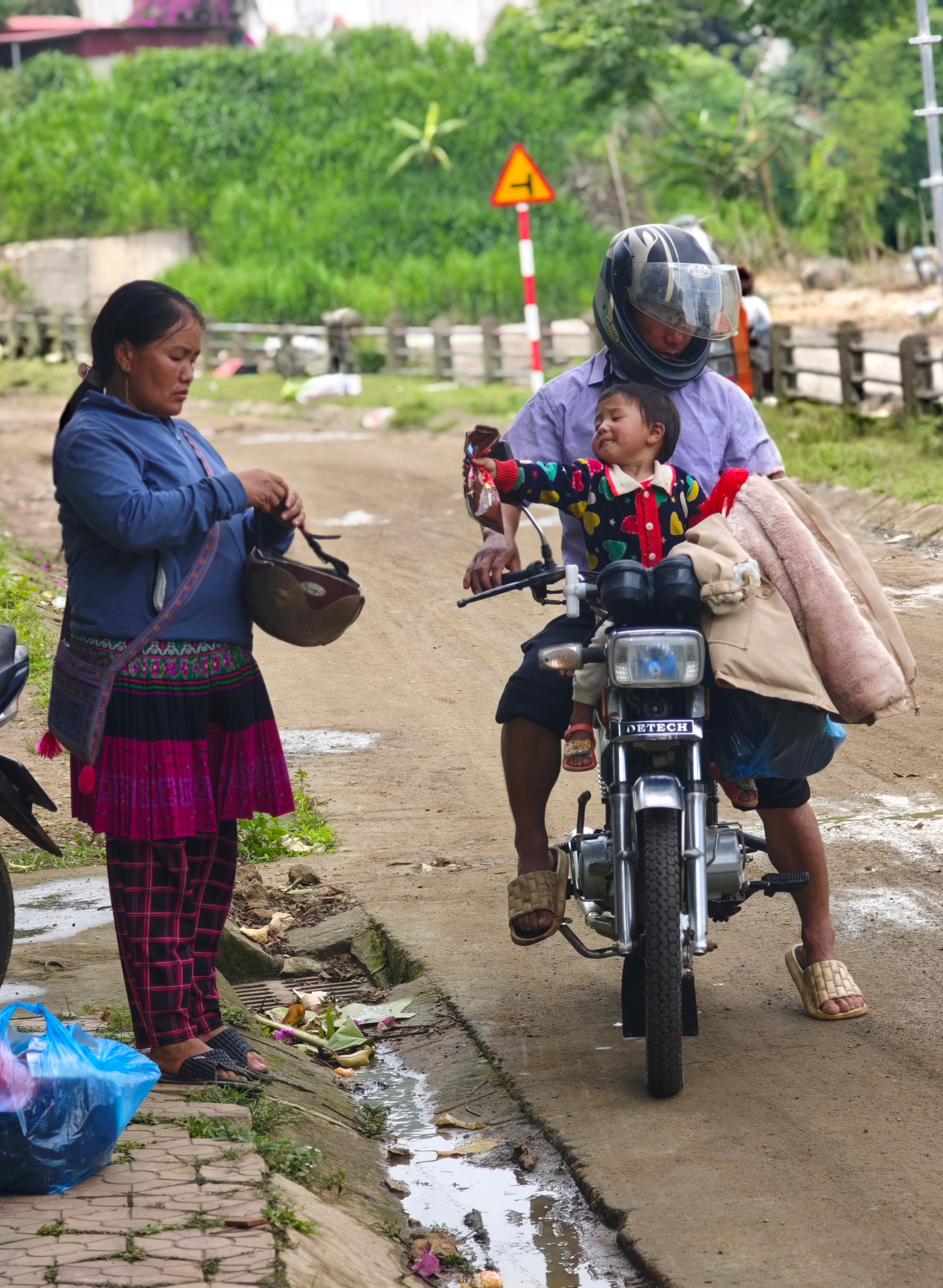
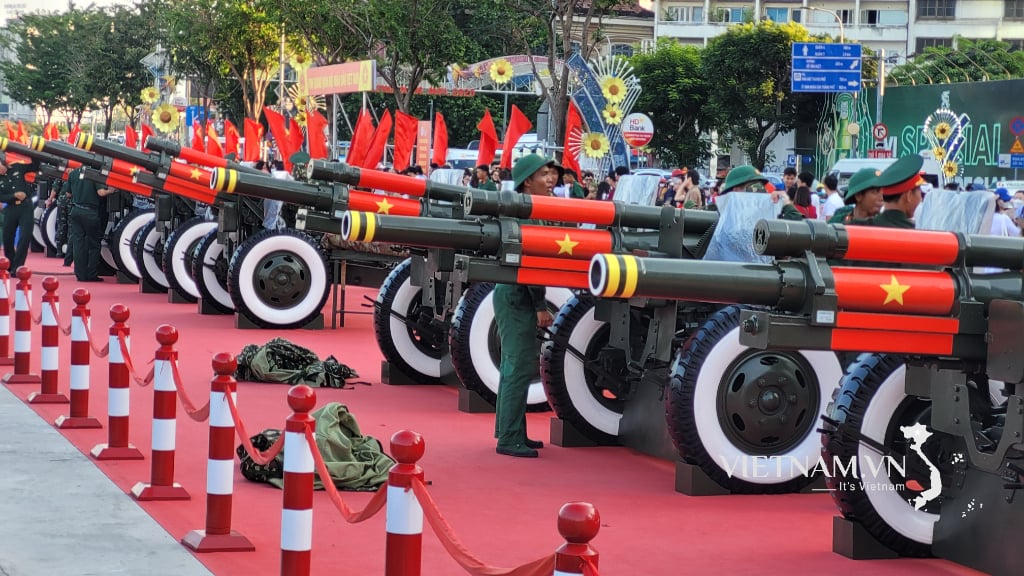
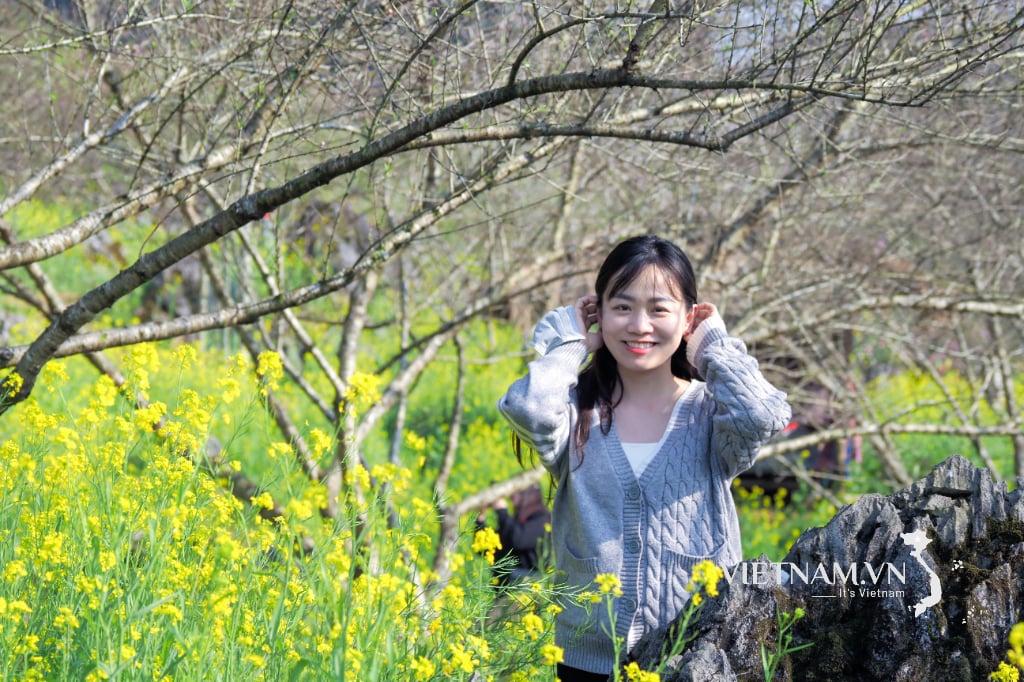
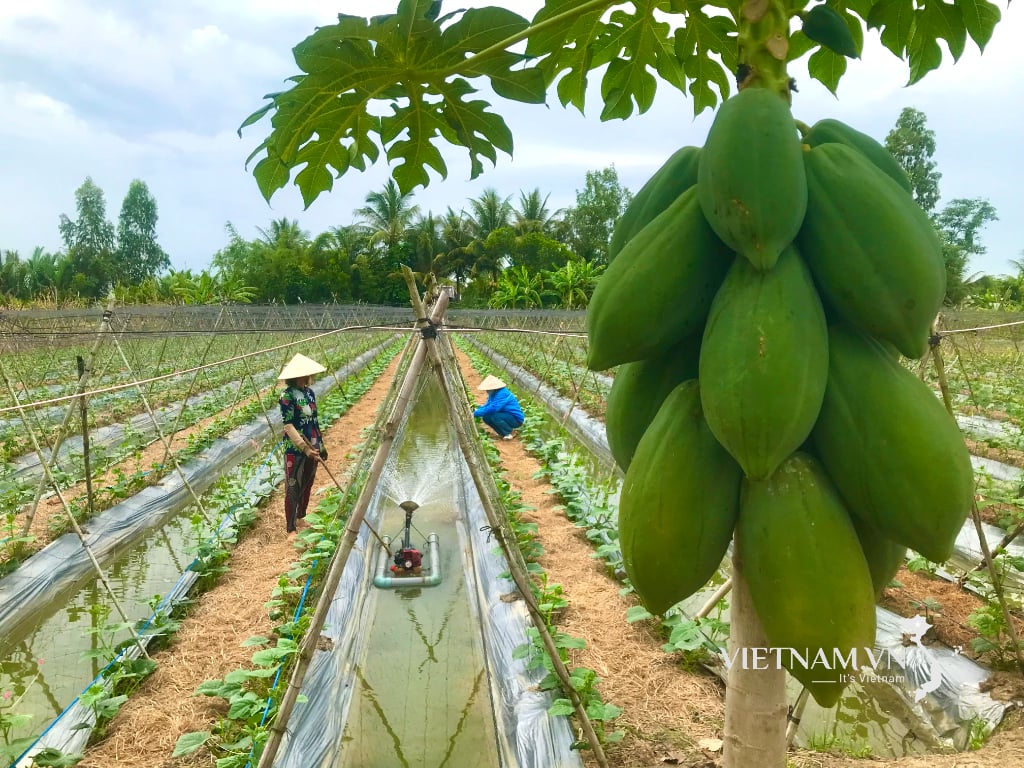
Comment (0)